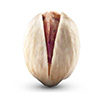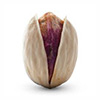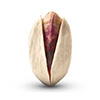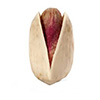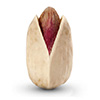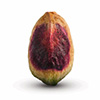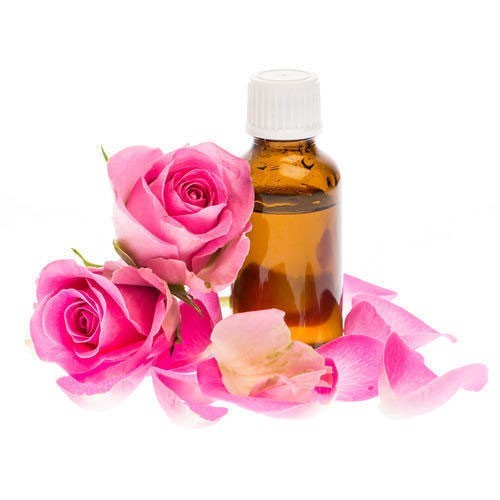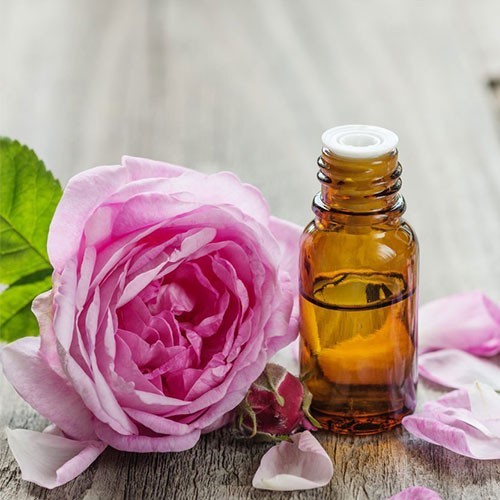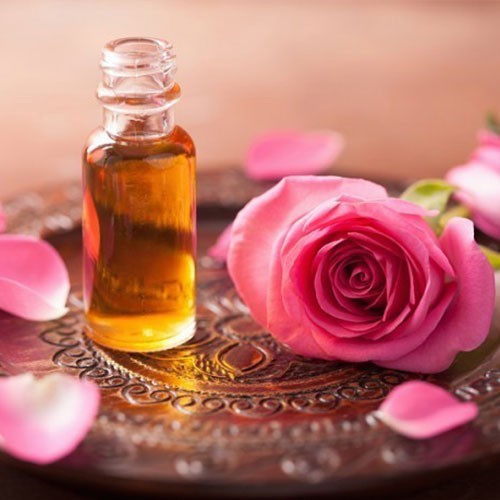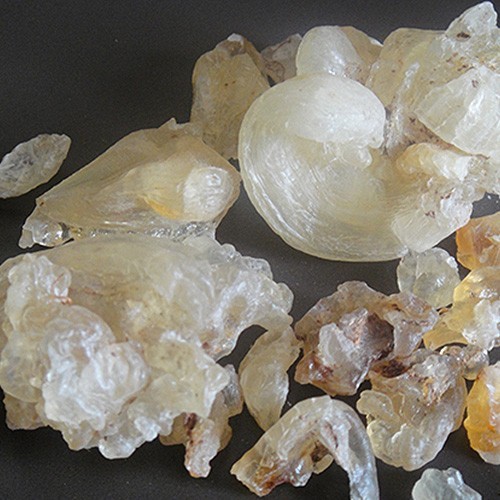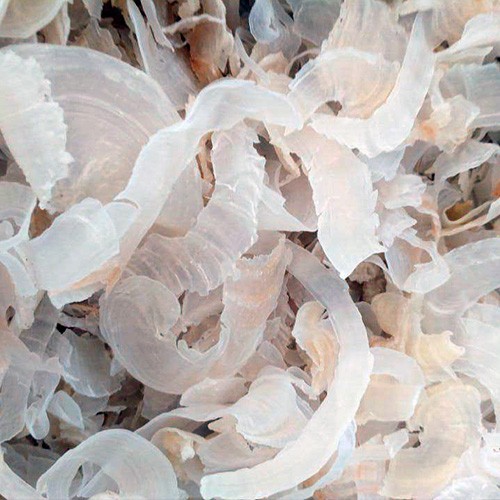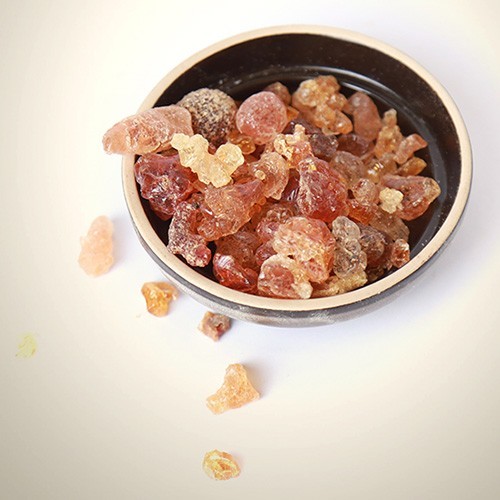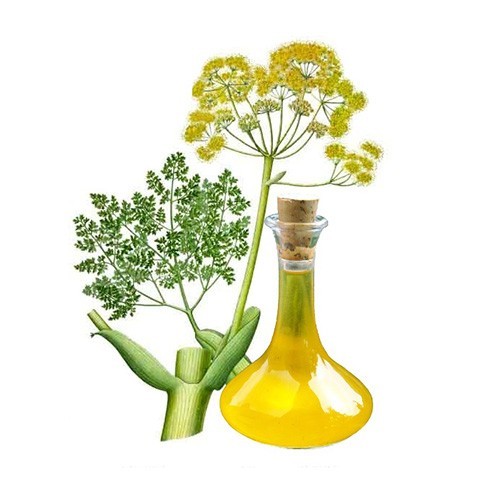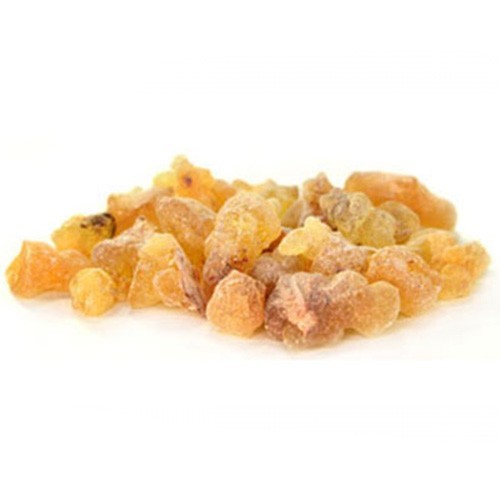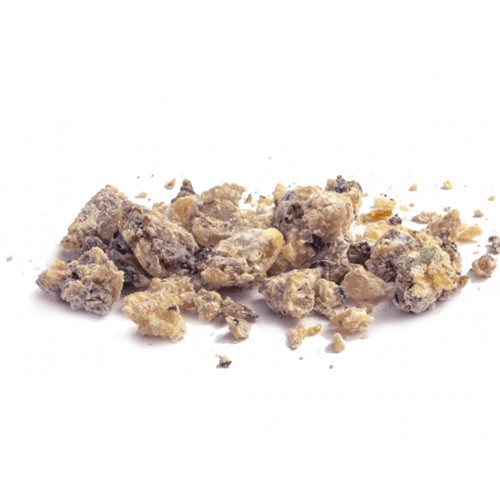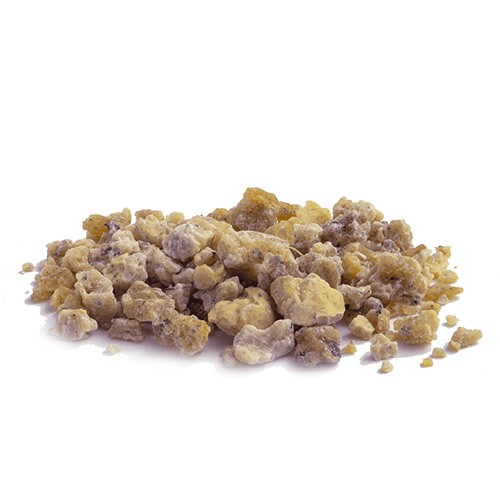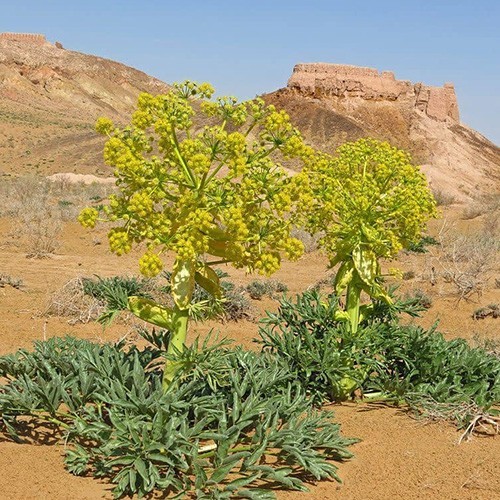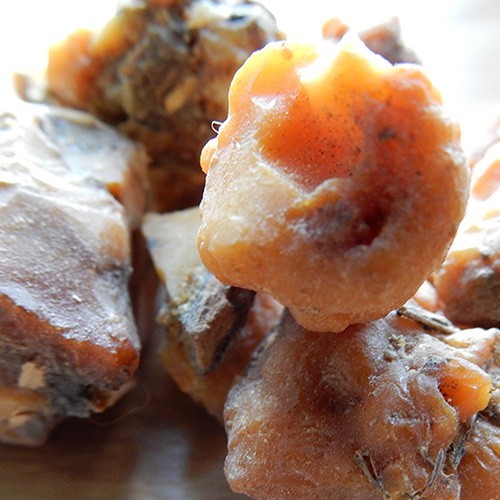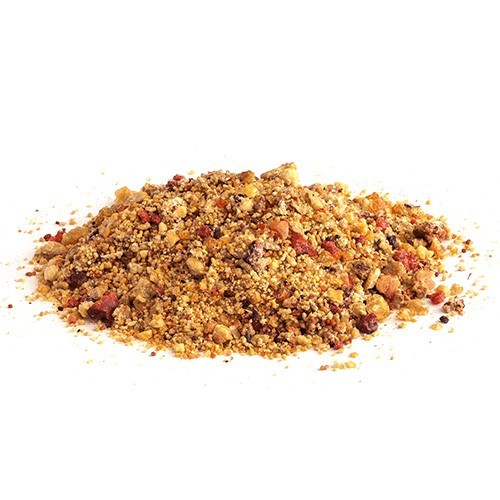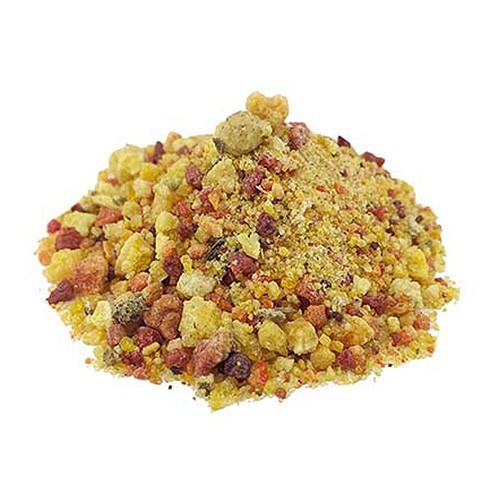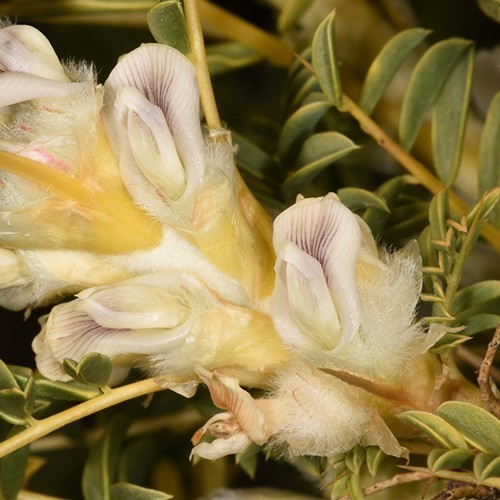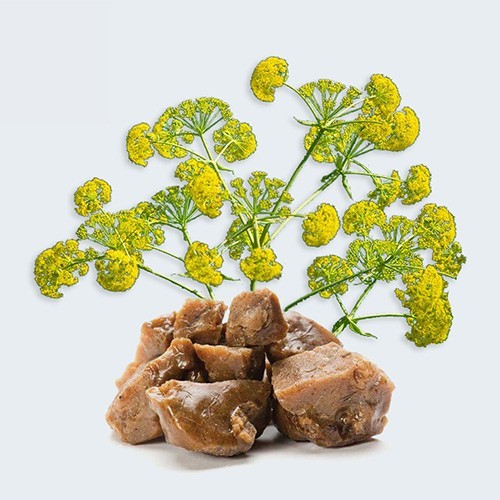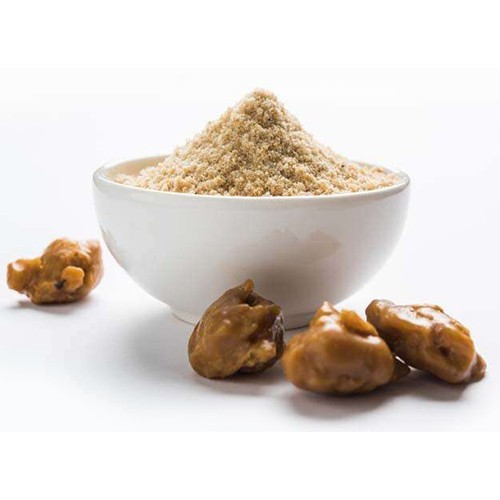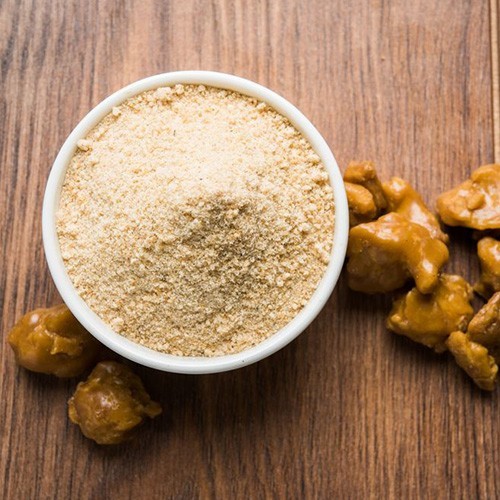Raisins
-
By
 YaserFoods
YaserFoods
Raisins
• Sun Dried Raisins (Thompson)
• Golden Raisins
• Green Kashmar Raisins
• Golden Kashmar Raisins
• Bavanat / Raisins with seeds
Raisin is a dried grape. It is produced in many countries and eaten raw or used in cooking, baking, and brewing. Raisins, sultanas and currants are different types of dried grapes and popular types of dried fruit. Raisins are rich in essential vitamins, minerals, antioxidants, iron, potassium, calcium and fiber. They are naturally sweet in flavor and used in different sweet and savory dishes.
Drying grapes and producing raisin has a long history in Iran. Fertile agriculture, high quality agricultural lands, the use of modern and organic technologies in raisin production has made Iran as one of the largest exporters of raisins in the world.
Raisins are a type of grape that has been dried for around three weeks. Grapes darken as they dry, which gives raisins their dark brown color. There are many different types of raisins with different shapes, colors, sizes, and flavors.
Sultanas are made from green seedless grapes, especially the Thompson Seedless variety. Against raisins, sultanas are typically coated in an oil-based solution prior to drying to speed up the process. For this reason, they are often lighter in color than raisins and currants.
Currants, also known as Zante currants, are tiny, dried grapes. Currants are made by drying a variety of small, seedless grapes called Black Corinth and Carina. Currants are dried for up to three weeks. Because of their small size, they have a sweet, tangy and intense flavor and add texture and sweetness to both sweet and savory dishes.










